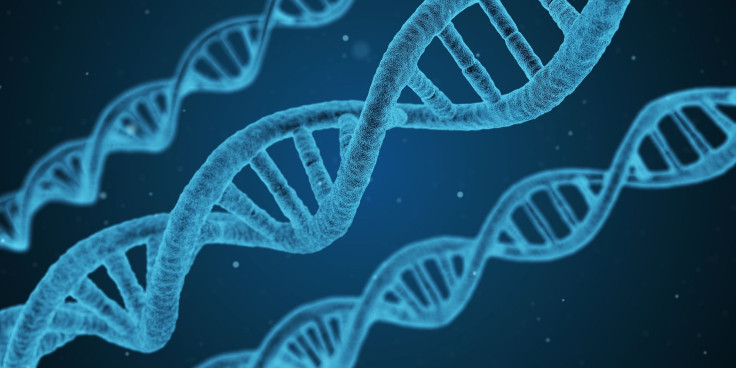Editing Human DNA With CRISPR Technology Causes Tons Of Gene Mutations

Messing with a person’s DNA can have hundreds of unexpected consequences, causing genetic mutations that scientists cannot predict, researchers warn.
In a study in the journal Nature Methods, a group describes combing through the DNA of mice that had been modified with the CRISPR-Cas9 gene-editing tool, which allows scientists to remove and replace certain genes in a living thing’s DNA. In the two mice, who had been cured of blindness with the treatment, there were about 1,700 small and unpredicted changes throughout their genomes — affecting single nucleotides, which are the building blocks of DNA — in places that the gene-editing tool had not been used to modify. There were also more than 100 larger changes.
Read: Does Evolution Favor Autism Genes?
CRISPR has been a controversial medical technology, as many support its potential to eradicate genetic diseases and improve lives, for example, while others express worry it could be abused. One main argument offered by detractors is doctors could use CRISPR to create “designer babies,” allowing wealthy parents to pick traits for their children such as eye color and height, both creating a high-tech form of eugenics and deepening a gap between economic classes. Regardless of whether it is for better or worse for treating disease or breeding beauty, the genetic engineering tool would indeed use technology to interfere with human evolution.
And while we know more about genetics than ever, there is still much to learn — and thus with CRISPR there is the question of how playing around with genes in one location could affect genes in another.
“Concerns persist regarding secondary mutations in regions not targeted,” the study notes. “Algorithms generate likely off-target sites … but these algorithms may miss mutations.”
And in fact, in the two mice whose genomes were sequenced following treatment with CRISPR, the existing algorithms scientists currently use to look for potential side effects did not predict any of the hundreds of unintended changes the researchers found.
But many of the genetic side effects were common between the pair, which the study says indicates that the changes were “nonrandom.”
Uncertainty can be dangerous, as in China CRISPR is being tested on humans in clinical trials, specifically cancer patients, and a human trial might start in the United States next year.
Read: These Fish Can Teach Us a Lot About Human Evolution if We'll Stop Eating Them
“Researchers who aren’t using whole genome sequencing to find off-target effects may be missing potentially important mutations,” co-author Dr. Stephen Tsang of the Columbia University Medical Center said in a statement from his institution. “Even a single nucleotide change can have a huge impact.”
And those effects may not be immediately obvious — they might stay hidden. According to the study, the mice did not show any outward changes, but “it is possible the mice may reveal phenotypes in time when they are challenged or bred.”
The authors called on researchers to sequence whole genomes to search for those off-target mutations and suggest CRISPR might need to be refined before it can be used safely.
“We’re still upbeat about CRISPR,” Dr. Vinit Mahajan, a co-author from Stanford University, said in the statement. “We’re physicians, and we know that every new therapy has some potential side effects — but we need to be aware of what they are.”
© Copyright IBTimes 2024. All rights reserved.





















